As winter approaches, trail running transforms into a completely different experience. The cold, snow, and unpredictable terrain add new challenges, making it crucial to gear up properly. Whether you're a seasoned runner or just starting, having the right winter running gear is essential to stay safe and comfortable. Here's a breakdown of what you'll need for your next chilly adventure.
1. Winter Running Shoes: Grip and Protection
The cornerstone of any winter running outfit is a reliable pair of winter running shoes. These aren't your typical sneakers; they’re designed to tackle slippery, icy, and wet surfaces while keeping your feet warm and dry.
Key Features to Look For:
- Grip: Winter running shoes should have deep, knobby treads or even built-in spikes for superior traction on snow and ice.
- Waterproofing: Look for shoes with water-resistant or waterproof uppers to keep your feet dry in snow and slush.
- Insulation: Some models include thermal layers to retain heat without adding bulk.
2. Winter Running Jacket: Warmth Without the Bulk
A good winter running jacket is your best defense against harsh winds and freezing temperatures. This outer layer is designed to provide insulation while remaining breathable.
What to Look For:
- Water and Wind Resistance: Protects against snow, sleet, and icy gusts.
- Breathability: Ensures you stay dry by wicking away sweat during intense runs.
- Adjustability: Features like zippered vents and adjustable hoods allow you to regulate your temperature.
3. Winter Running Outfit: Layering Done Right
Your winter running outfit should strike a balance between warmth and mobility. Layering is key:
- Base Layer: Start with a moisture-wicking, thermal base layer to keep sweat off your skin.
- Mid Layer: Opt for a fleece or insulated long-sleeve shirt for added warmth.
- Bottoms: Winter running tights or pants made from thermal, wind-resistant materials will protect your legs from the cold.
4. Essential Accessories for Cold Weather Running
When temperatures drop, the right winter clothes for running accessories can make or break your run:
- Hats and Headbands: A fleece-lined hat or a headband can keep your head and ears warm while maintaining breathability.
- Gloves: Insulated, moisture-wicking gloves are essential for keeping your hands warm.
- Neck Gaiters: These versatile pieces can cover your neck, face, and even nose to shield you from icy winds.
- Socks: Thermal running socks with moisture-wicking properties will keep your feet warm and dry, reducing the risk of blisters.
5. Additional Gear to Keep You Safe
Beyond the basics, there are a few more items to enhance your winter trail-running experience:
- Traction Spikes: These can be added to your winter running shoes for extra grip on icy paths.
- Headlamp: With shorter daylight hours, a headlamp ensures visibility in low-light conditions.
- Hydration Gear: Insulated water bottles or hydration packs prevent your water from freezing.
- Emergency Blanket or Poncho: Always be prepared for unexpected weather changes.
Conclusion
Running in winter doesn’t have to be intimidating. With the right winter running gear, you’ll be ready to tackle snow-covered trails, icy paths, and frosty winds. From your winter running shoes to a reliable winter running jacket, each piece plays a crucial role in ensuring your comfort and safety. So gear up, embrace the cold, and keep chasing those trails!
Ready to upgrade your winter running setup? Explore Yatta Life’s latest collection and hit the trails with confidence.
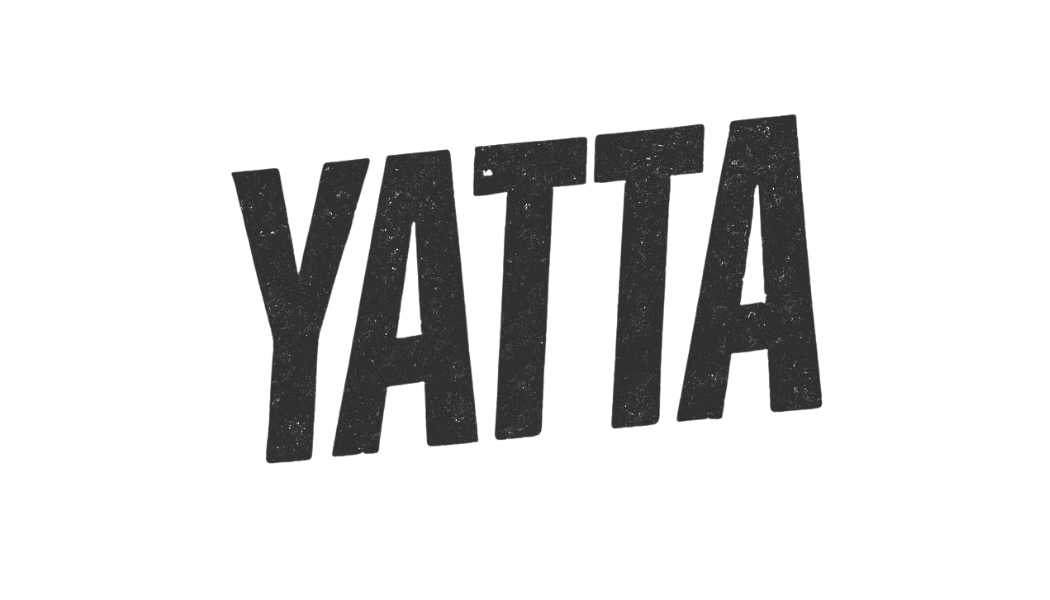
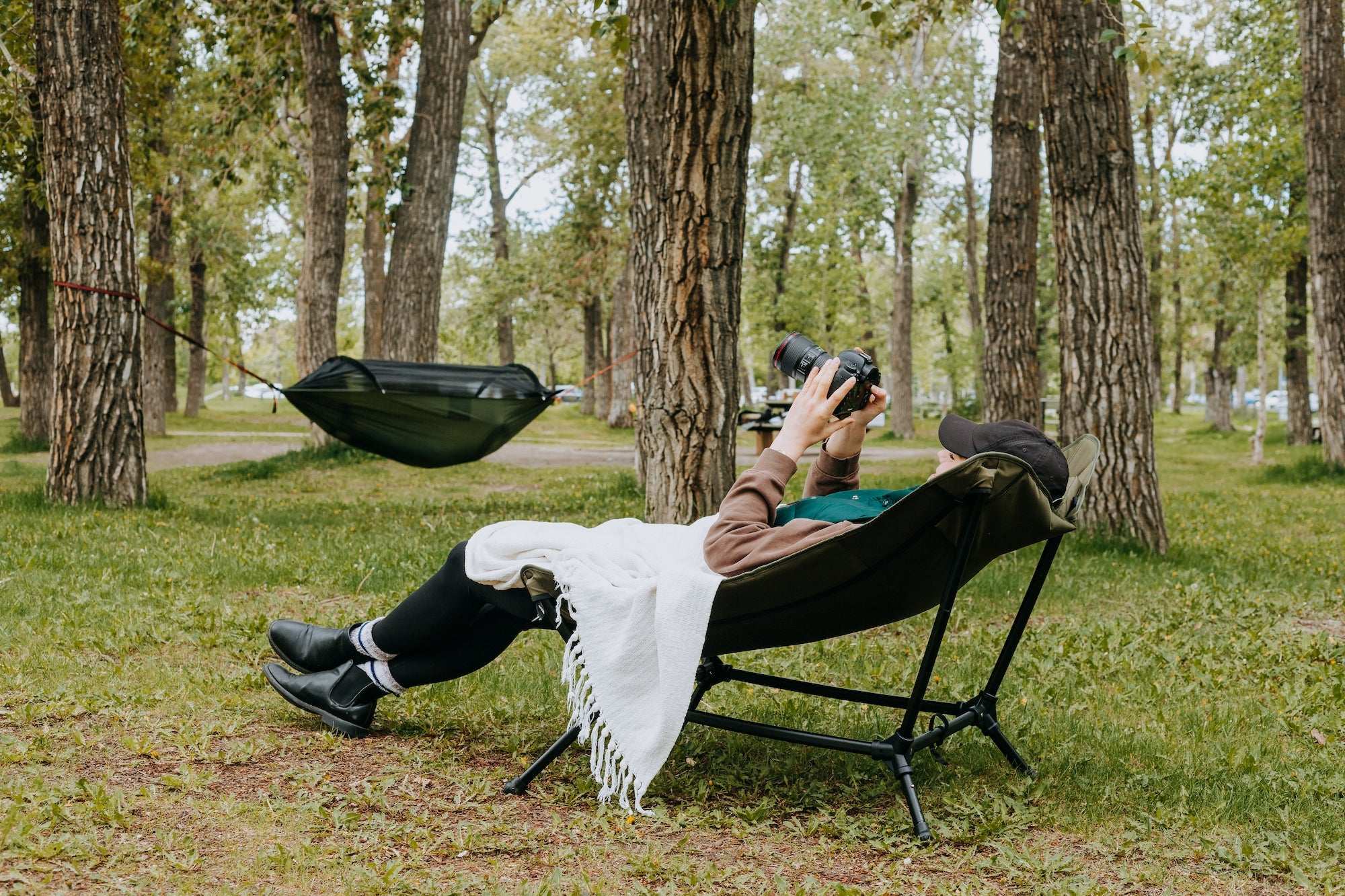
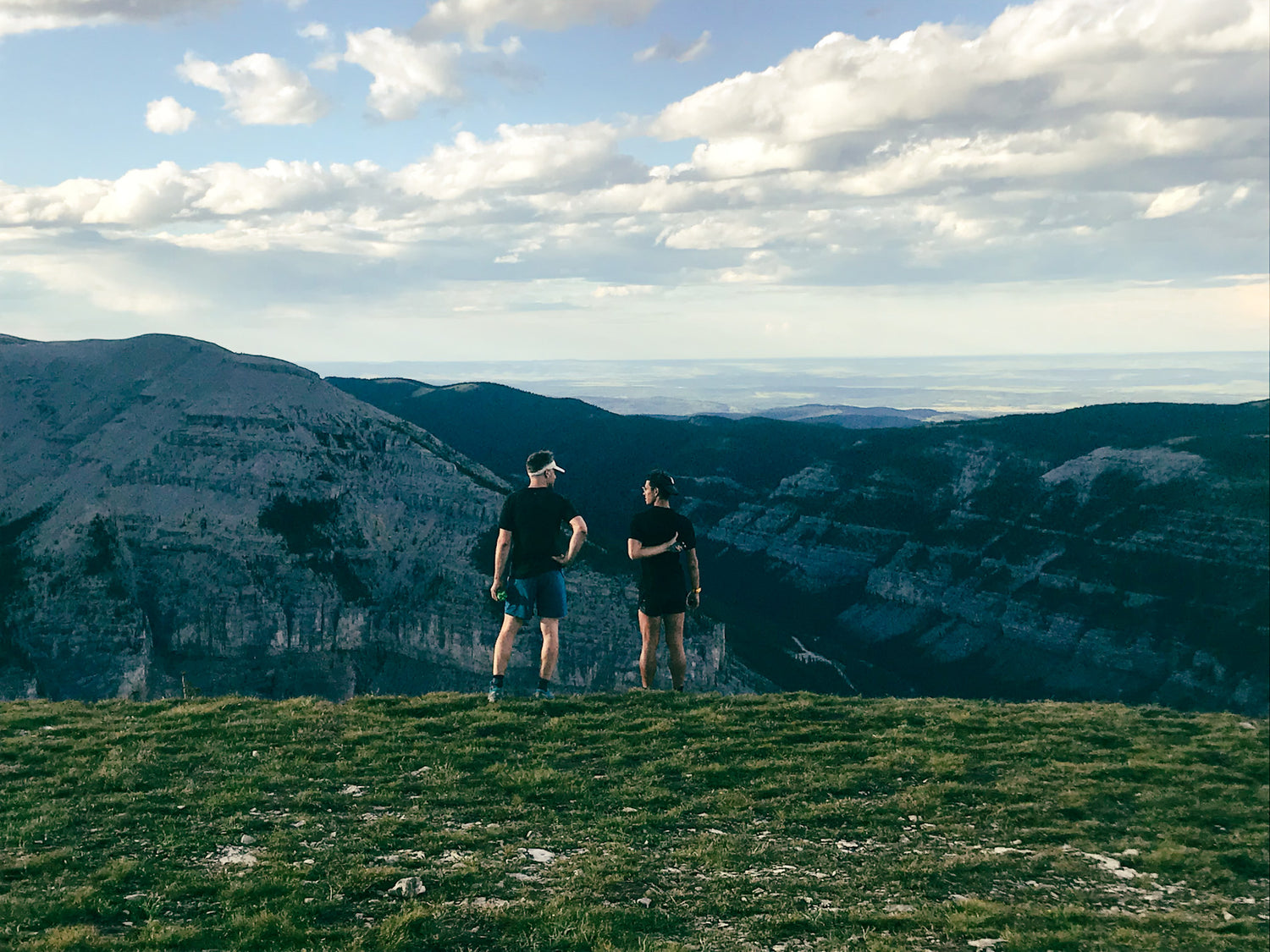
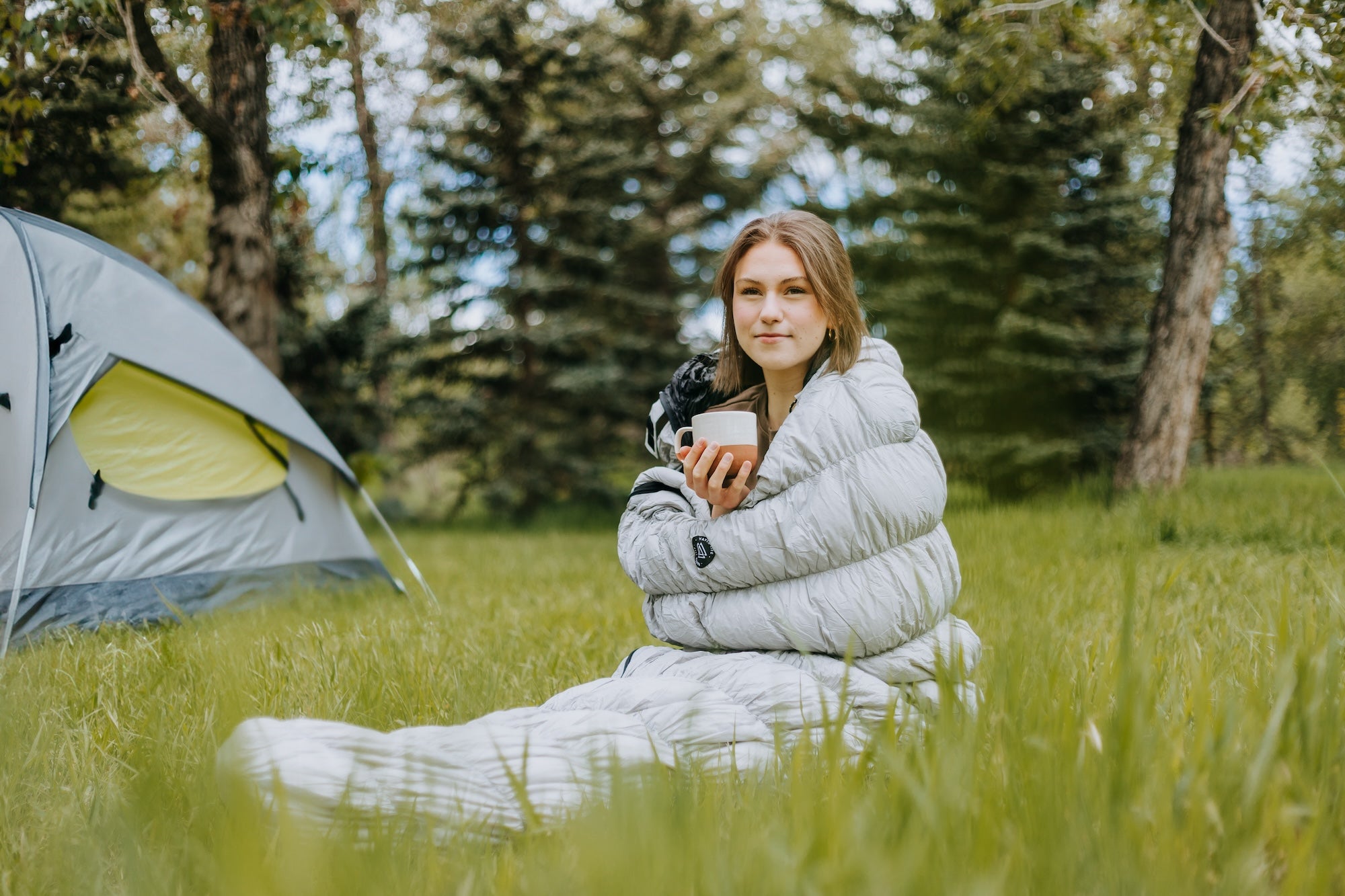
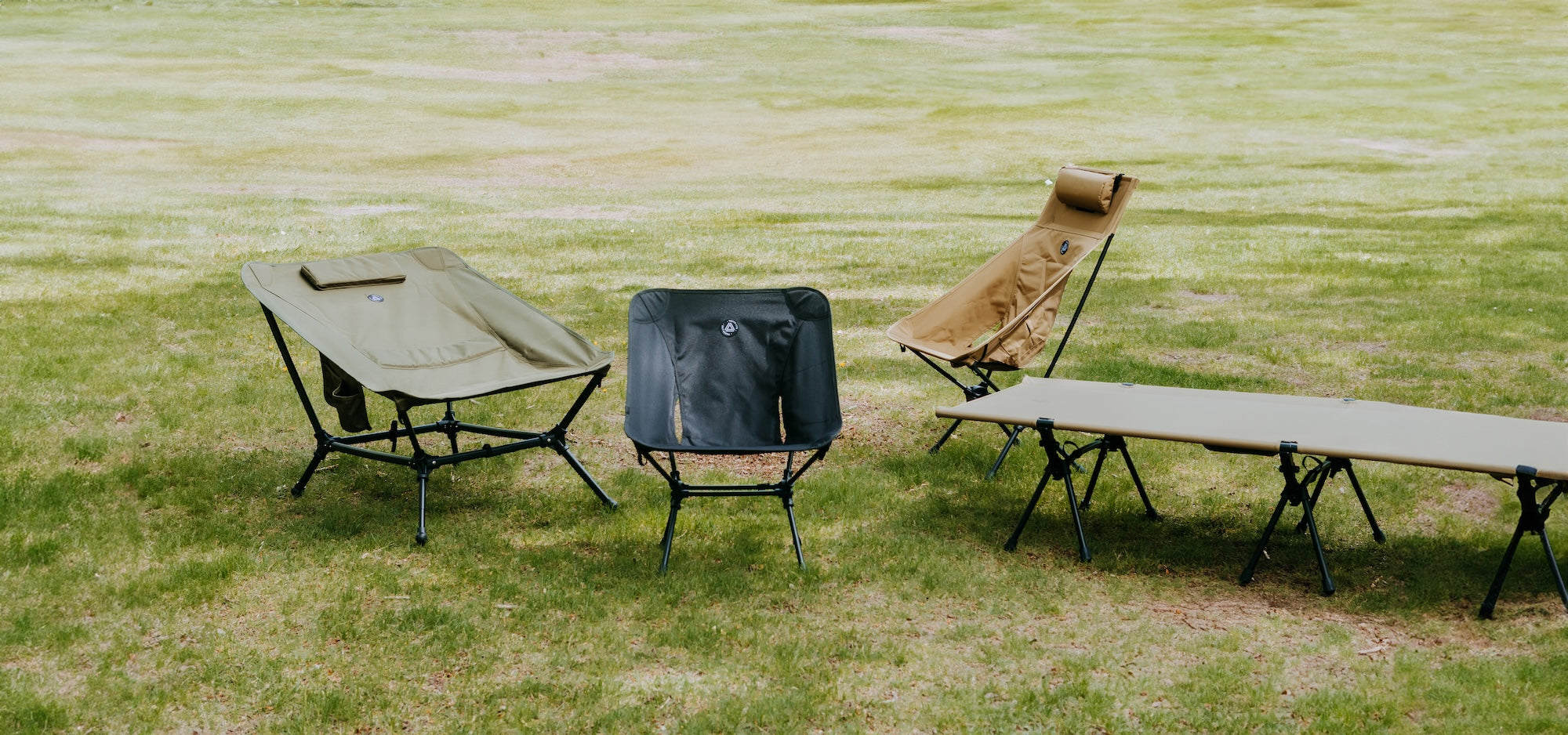
Leave a comment
All comments are moderated before being published.
This site is protected by hCaptcha and the hCaptcha Privacy Policy and Terms of Service apply.